What draws you to Paul Klee?
Everything! His works are incredibly varied, but instantly identifiable. He practically wrote the textbook for the theory of color, line, and texture, and though sometimes abstract, his work doesn’t try to push you away – it draws you into a world of fantasy and is often very child-like, even impish at times. He is able to balance the purity and simplicity of his subjects with clever and direct titles, and though his work rigorously follows its own principles, it isn’t academic or overly dense. Klee was a trained musician, loved classical music, and often played his violin for hours before beginning to paint. The reverse is true for me – by studying his work, the music starts to flow more easily.
What is your favorite painting by Paul Klee?
There are so many incredible works that I’ve grown to love by Klee, but I am partial to Klee’s works between 1920 and 1930, which encompass his time as a teacher at the Bauhaus in Weimar (1920-1924) and then when the school was relocated to Dessau after being shut down by rising tensions and right-wing extremists (1925-30). Those years of applied study, exploration, and lecturing alongside colleagues like Kandinsky yielded vast and diverse results, and then when his teaching load was reduced, those explorations blossomed. Perhaps my favorite style of Klee is seen in “Mask of Fear,” “Illuminated Leaf,” and “Ghost of a Genius” where thinly applied washes of color are outlined by finely-sketched lines. His “magic squares” also fascinate me (such as “Colorful Flower Beds” and “The Blooming Garden”) but I respond more strongly to his more figurative and representative works, especially those of flowers and birds, subjects which have always fascinated me as well. The works from his last few years (after 1935 in particular) have always deeply troubled me and though I am including many in the series, they are more raw and cryptic than his earlier work. “Intoxication” and “Hidden Treasures” are among those works, which emphasize dark lines, patches of bold colors, and are more glyph-like than figurative. Those works are often considered Klee’s response to the trauma of the Nazi regime and WWII as well as his own physical pain from a series of illnesses – perhaps because the works are more visceral, it is more difficult for me to find a musical response that is fitting.
Why 165 works? How many are completed?
This number is largely symbolic and represents the number of squares in “Ancient Sound,” which is No. 165 in the catalogue. Over the years, I have reordered and renumbered the works multiple times, but this current ordering includes a wide range of chamber ensembles, ranging from solos up to large flex-instrumentation ensembles. Beyond the 165, there are other plans as well, including “galleries” that have more of a through-line or plot and are designed to be used for dance or theatrical productions. Currently, there are around 30 completed pieces are around 12 have been premiered.
Do you have synesthesia?
No, not in the sense that other composers or artists have described. But I do have strong associations with colors, textures, shapes, and lines that I respond to when composing. Certain colors are brighter and darker, more intense or more muted, which correspond with certain harmonies, dynamics, or instrumental colors. Certain lines or textures have a gesture or a density that is very relatable to music. Certain images or symbols seem to guide my musical response as well (e.g. eyes are song-like, hands are always searching, feet are rhythmic, plants grow and decay, fish, birds, and mammals have different types of movement, etc.) None of these associations are completely fixed and remain very flexible, but I have my own tendencies that have become somewhat self-referential as I respond to these ideas found through Klee’s work.
No. 21 “Mask of Fear” (Maske der Furcht, 1929)
No. 9 “Illuminated Leaf” (Belichtetes Blatt, 1929)
No. 98 “Ghost of a Genius” (Gespent eines Genies, 1922)
Examples of Klee’s work in the 1920s using thin layers of paint and finely-sketched lines.
No. 161 “Colorful Flower Beds” (Buntes Beet, 1923)
No. 158 “The Blooming Garden” (Der blühende Garten, 1920)
Examples of Klee’s “Magic Squares”
No. 18 “Intoxication” (Im Rausch, 1939)
No. 89 “Hidden Treasures” (Kleinode, 1937)
Examples of Klee’s late work, which is more cryptic and visceral.
JONATHAN POSTHUMA
PAUL KLEE: PAINTED SONGS
A recital of premieres from Jonathan Posthuma's Paul Klee: Painted Songs series featuring local musicians.
Eri Isomura, marimba
Devan Moran, violin
Amelia Smith, clarinet
Jonathan Posthuma, composer / piano
Paul Klee: Painted Songs is a ongoing collection of chamber music inspired by the visual art of Swiss painter Paul Klee. Selections include solos for marimba, violin, and clarinet as well as ensemble works featuring improvisation. More information here.

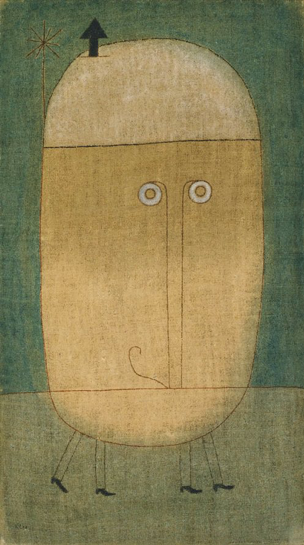
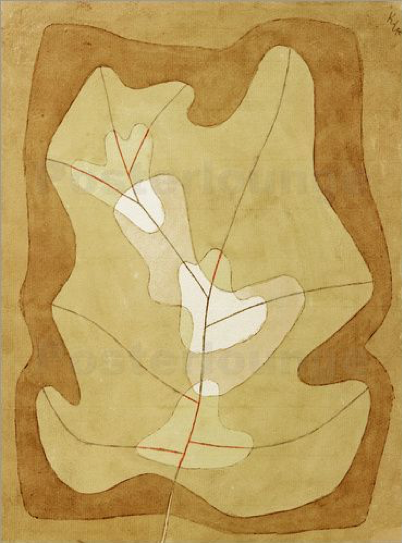
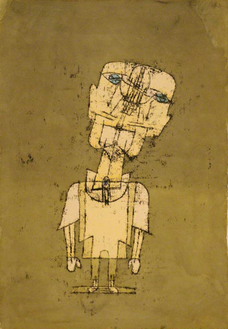
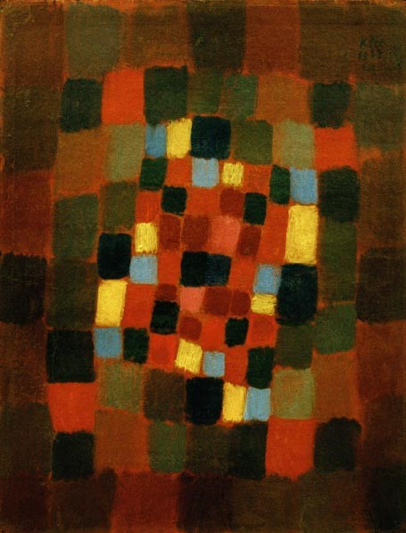
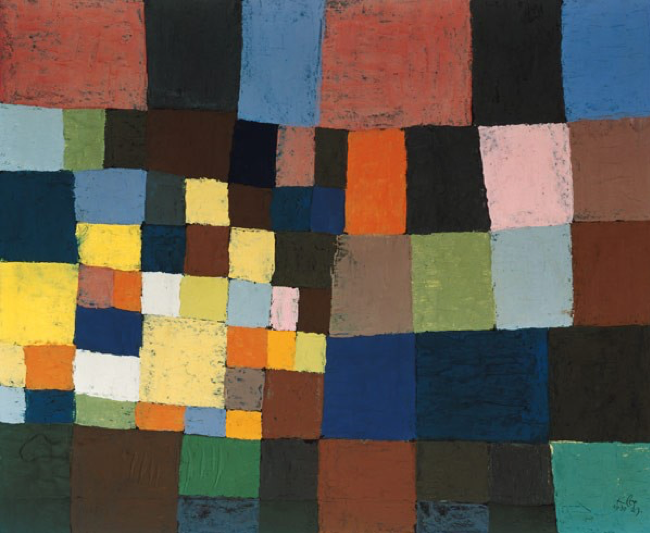
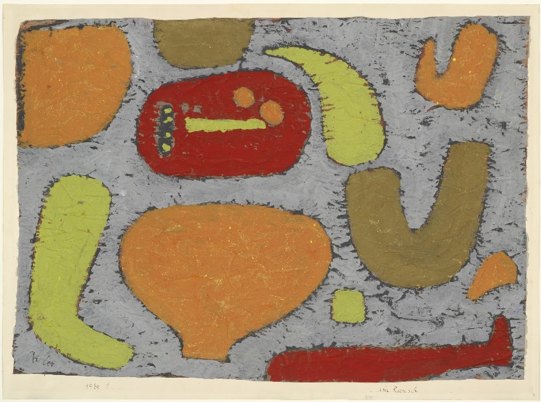
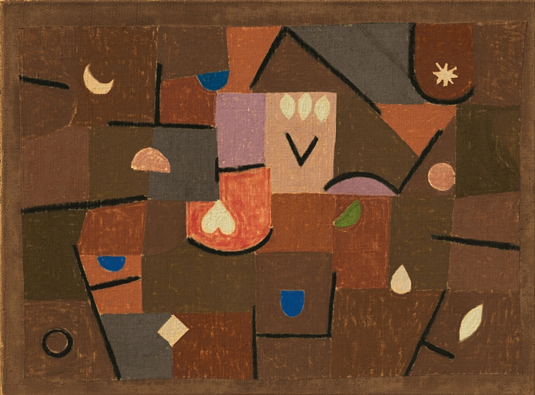

 RSS Feed
RSS Feed
